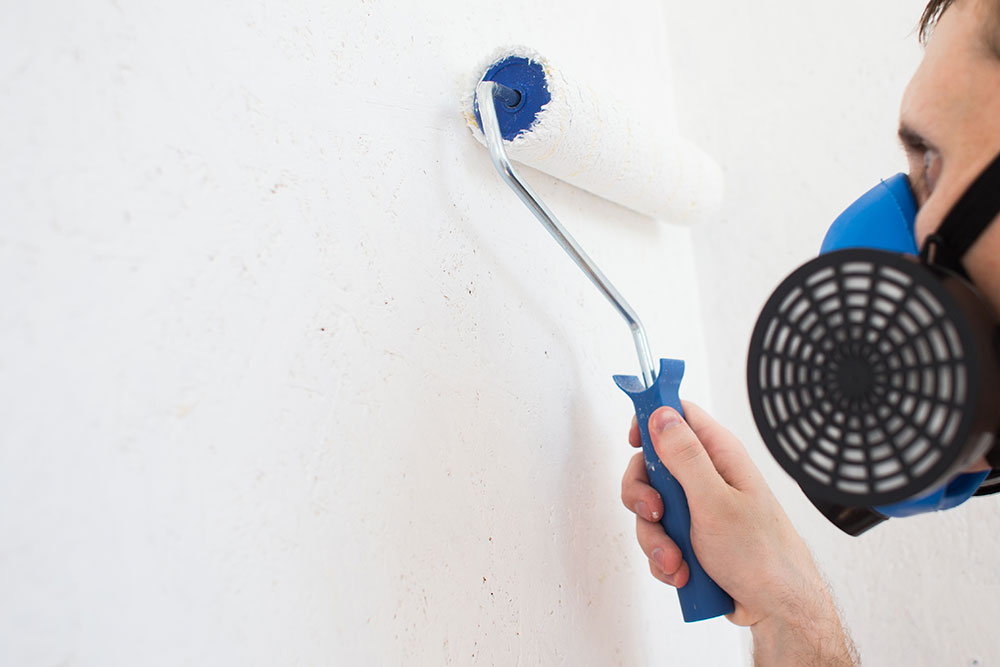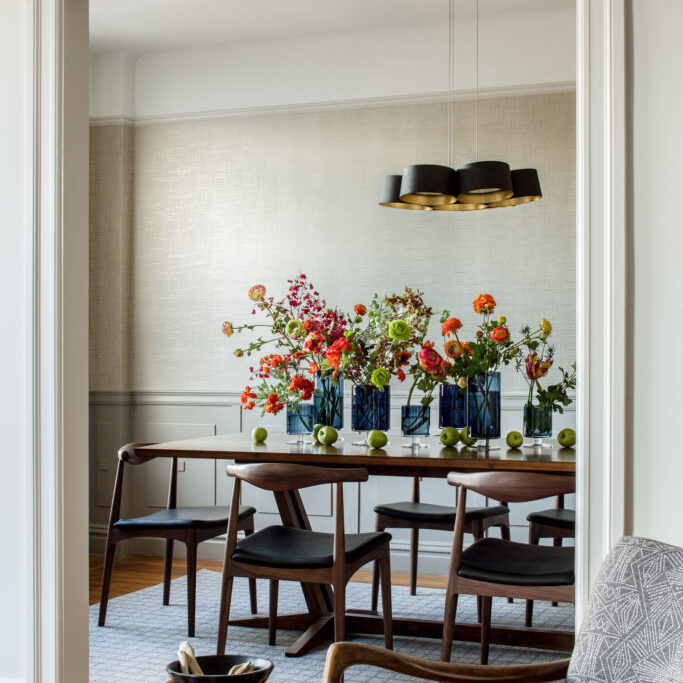
Volatile Organic Compounds in Finishes
VOCs, or volatile organic compounds, are chemicals that are emitted as gases from certain solids or liquids. VOCs from paint are released into the air during and after the painting process. These compounds can have both short-term and long-term health effects, and they also contribute to air pollution.
To protect against VOCs, take the following measures:
Choose Low-VOC or Zero-VOC Paint: Look for paints labeled as low-VOC or zero-VOC. These paints contain significantly lower levels of VOCs compared to traditional paints. They are formulated to have reduced emissions, making them better for indoor air quality.
Read the Label: Always read the paint can label and check the VOC content listed by the manufacturer.
Proper Ventilation: When painting indoors, ensure proper ventilation by opening windows.
Wear Protective Gear: When applying paint, wear appropriate personal protective equipment (PPE), such as a respirator mask, goggles, and gloves.
Time Your Painting: Try to schedule your painting project during a time when you can keep the painted area well-ventilated for a few days.

